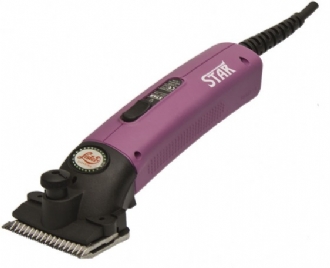Horse Clipping Styles 20238 September 2023 | Beth
The best horse clipping technique depends on your specific goals and the horse's needs. Clipping is done for various reasons, including hygiene, comfort, and competition requirements. You need to keep your horse come (perhaps distract them with a treat to eat). You need to feel calm and have your kit ready to go (a spare blade is a good idea). Make sure your blades are sharp and correctly tensioned (this is different for each clipper). You also want plenty of good quality clipper oil - you should be oiling every 5 minutes or so, to reduce friction and keep the blades cool. Check what sort of oil is best for your clipper - sprays are fine for some, but oils tend to be more effective. You should take slow, long strokes. If you go too fast (which can be tempting) the blades will heat up and this can be uncomfortable for your horse and also make the motor of the clipper struggle. If your horse is nervous, train them before clipping by letting them get used to the sound of the clipper. Then start with a trimmer, before graduating to a full size clipper. This can take a few weeks, but it is worth being patient. You can save a lot of money by learning to clip yourself. Plus it is nicer for your horse because they trust you.
Here are some popular horse clipping styles:
When choosing a clipping technique, consider the horse's workload, climate, and your grooming preferences. It's essential to use proper clipping equipment, ensure the horse is clean and dry before clipping, and take your time to achieve a neat and even clip. Always be mindful of the horse's comfort and well-being during the clipping process. There are some poor quality clipping machines on the market. Lister, Heiniger and Liveryman are the best brands - we've tried a lot and monitored the brands for years!| Selecting the right blades is also key. If you have any questions, please don't hesitate to ask. We are always happy to help and we have some great clipper offers. Email sales@farmcareuk.com with any questions. Or Click here to see our clippers, blades and offers:
|
|




 Basket |
Basket | 